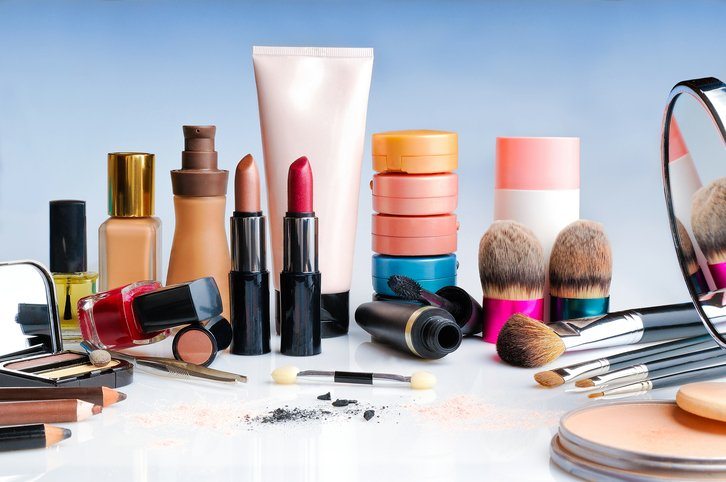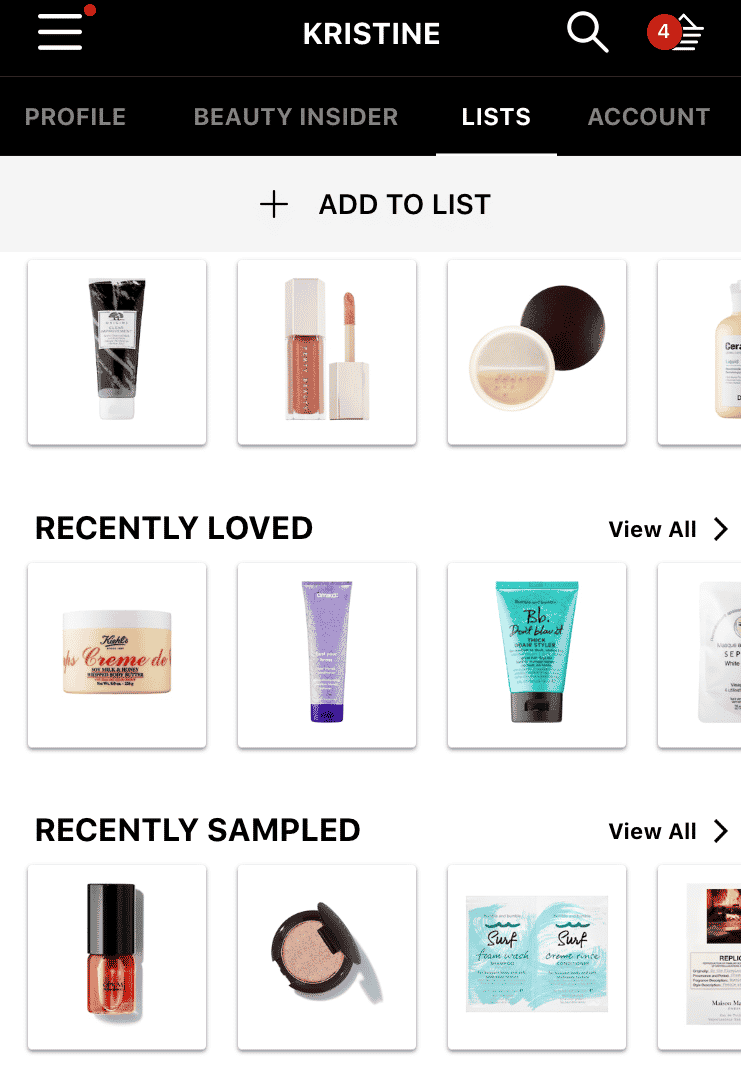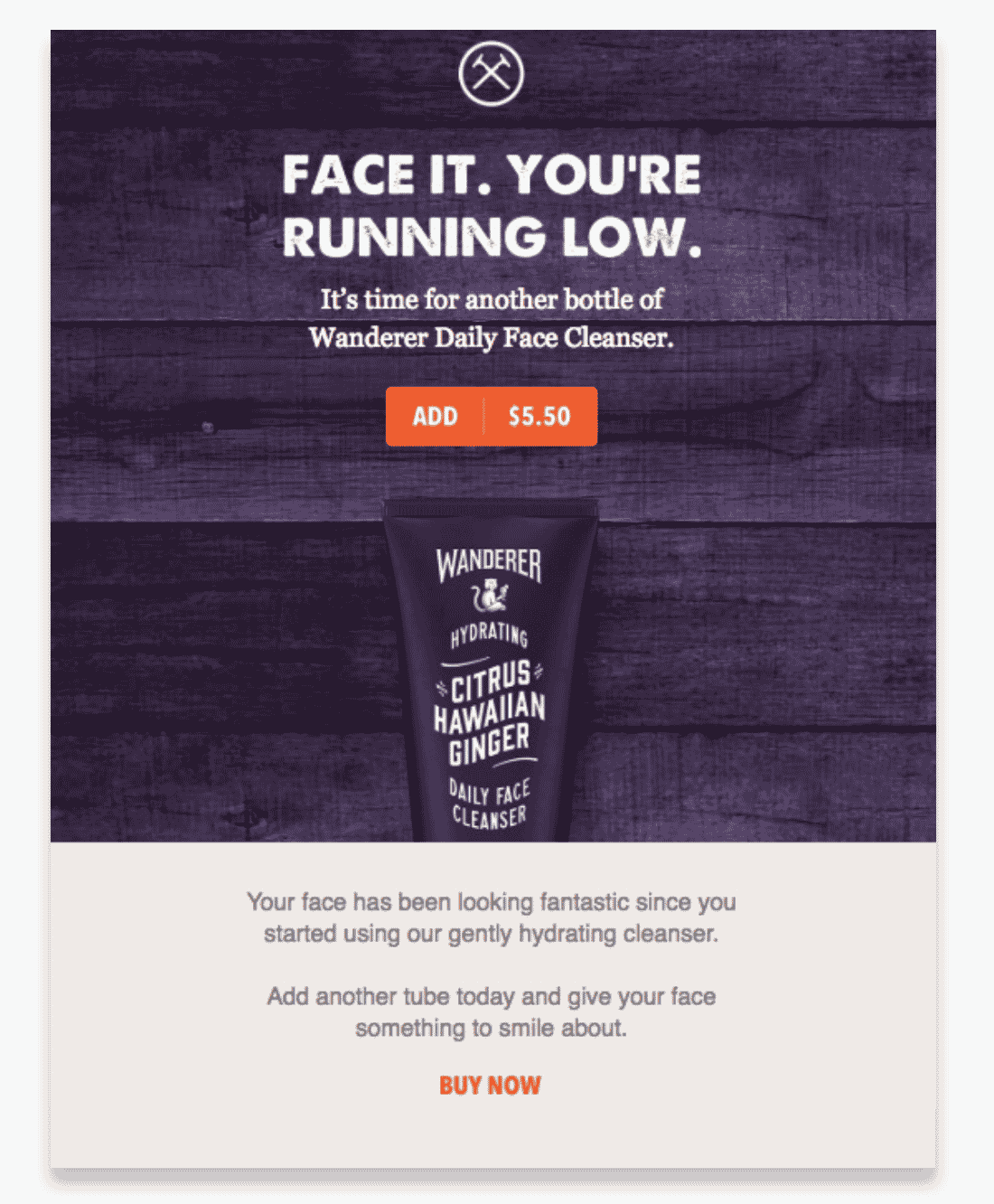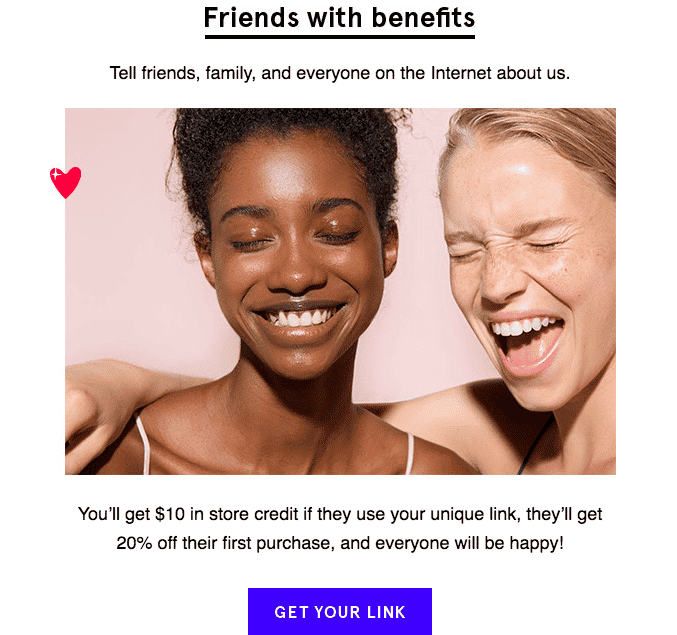Article
Standing Up to Sephora: 6 Best Practices for Beauty Brands
April 10, 2018

While many legacy retailers talk of digital innovation but are slow to adopt and adapt, the beauty industry is doing far more than just putting lipstick on the pig. The industry is transforming by embracing personalization, augmented reality, and virtual reality to acquire new customers and grow long-term relationships.
Research and Markets projects the global cosmetics market will grow to $429.8 billion by 2022, up 4.3% from 2016. And Euromonitor International reports that global spending on personal care and beauty is outpacing apparel and footwear brands.
However, individual brands have the challenge of selling their own products while at the same time competing with other retailers selling their products. Marketplace retailers — including Ulta and Sephora, the largest beauty retailer in the U.S. and the world, respectively — have the advantage of scale. Thanks to their ability to deliver an exceptional, personalized customer experience, they have also cultivated significant brand loyalty.
Leveraging that loyalty helped Sephora, in particular, top Marigold Engage by Sailthru’s Retail Personalization Index three years in a row. These brands know what makes their customers unique and that loyalty programs have strong potential for creating a network effect: The better it is, the stickier your customers will be and the more they will advocate for your brand. It’s no coincidence that a whopping 90% of Ulta’s sales come from loyalty members. Meanwhile, 80% of Sephora customers don’t buy from any competitors, according to two years worth of data from 1010data.
I already have a cryptocurrency, it’s called Sephora Beauty Insider Points
— Anne Thériault (@anne_theriault) January 20, 2018
Competing with Sephora and Ulta, while still selling their products there, puts individual beauty brands in a unique position. How can brands such as MAC, Benefit, Too Faced and Urban Decay enhance their owned channels and experiences enough to go up against the juggernauts with their large market share and loyal fanbases? We’ve answered that question with six best practices. Here’s a teaser of beauty brand marketing strategies:
Make Your Omnichannel Experience Amazing Like Sephora
Whether they’re marketplaces or individual brands, the retailers that come out ahead are those with the best omnichannel experiences. People view their shopping as one experience, rather than differentiating between mobile, desktop and in-store. The savviest brands, like Sephora, integrate all its communication channels for the most seamless shopping possible. Between the AR “fitting rooms” and Smell-o-Vision feature that allows consumers to sample scents, the beauty giant has plenty of cool features, but they’re not just bells and whistles. Everything the brand does centers on giving you a seamless experience, wherever you may be shopping.

Tailor Your Triggers Like Dollar Shave Club
Keep the cadence in mind. If someone buys hand lotion, face lotion, foundation and mascara from you, remember that each of those items will be depleted at its own rate. Know the average lifespan of a product and set your replenishment triggers accordingly. Even better, pay attention to spend data to determine how quickly your customers go through each product. For example, Dollar Shave Club staggers replenishment reminders based on when they’re likely to need more of a specific product, rather than recommend a customer’s preferred items in every box.

Make Your Loyalists Your Ambassadors Like Glossier
According to the Nielsen Consumer Trust Index, 92% of people trust user-generated content over traditional advertising. Once you wow your customers with stellar personalized experiences, figure out which shoppers are most loyal to you. Take it one step further, and make your loyalists your most valuable advocates and assets. “The lady at the counter has been replaced by hundreds of people on YouTube,” Deborah Yeh, SVP of Marketing and Branding at Sephora, told The New York Times. So, who are the people on your YouTube? Glossier started as a blog and in some ways, its site still functions that way. Consumers, 80% of whom were referred by a friend, engage with one another on product recommendations and makeup routines.

To learn more, click here to download Standing Up to Sephora: 6 Best Practices for Beauty Brands.
The State of Brand Loyalty in the U.S. in 2023
Related



